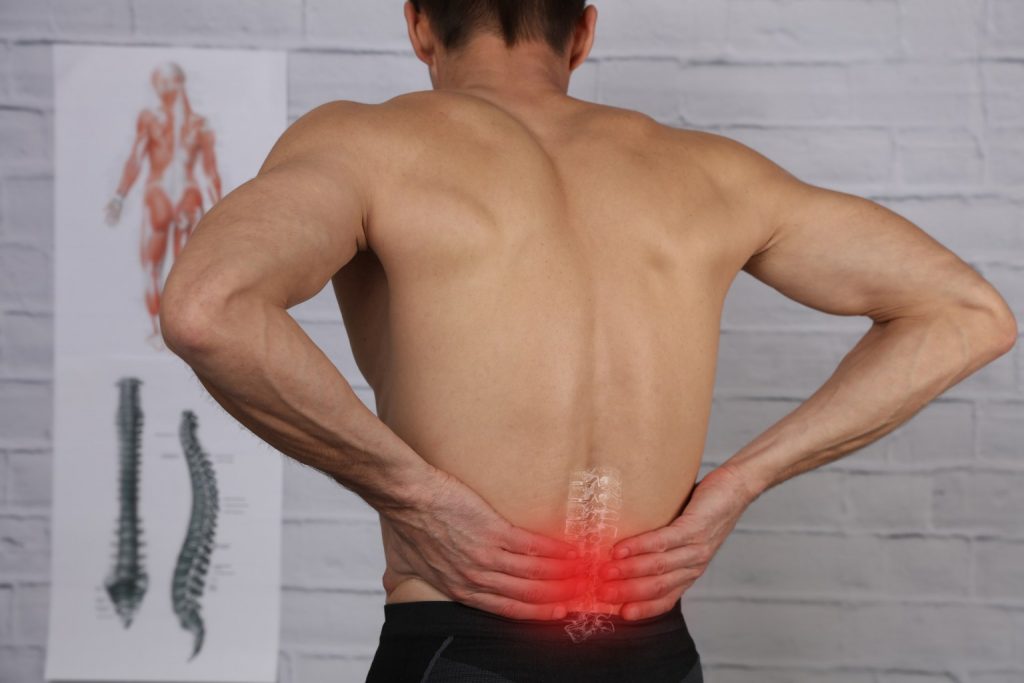
Jul 22, 2021
Paingone
Chronic Pain in Children has Devastating Effect on Families
The U.S. Pain Foundation recently released their 2021 Pediatric Pain Report, and it isn’t good. Over the last several years, chronic pain has increasingly become a problem for families with one or more children suffering from chronic pain.
Many parents and caregivers discover that few pediatricians have experience treating chronic pain, and many chronic pain specialists aren’t familiar with the specific needs of children. As a result, children and their families have to work with multiple providers, pay high prices for treatments, and struggle with the frustration of chasing down effective, affordable treatment. Add in the emotional toll of raising a child who suffers from and is limited by chronic pain, and you have a recipe for titanic family stress.
Some takeaways from the report were disturbing:
- Over 50% of parents whose children suffer from chronic pain revealed that doctors either didn’t believe their children or dismissed their pain as not serious.
- 38% of families could not find a pain specialist to help them in their area.
- Parents are adversely affected at work because they have to take time off to care for their children during pain flare-ups.
- The effects of chronic pain on children include anxiety, guilt, loss of friends, ostracization, and depression.
The study results indicate a need for additional education regarding pediatric pain treatment and more physicians specializing in this area.
International Team Develops Action Plan to Improve Musculoskeletal Pain Treatment Protocols
According to an international research team, musculoskeletal health problems continue to be the leading cause of disability, pain, and healthcare costs around the globe. Despite this, prevention and treatment of conditions ranging from osteoporosis and arthritis to low back pain continue to be a low priority in most countries. In response, the research team has pushed an initiative for a strategic, global response to the crisis.
Project lead Professor Andrew Briggs from Curtin University explained, “One of the limiting factors to reform efforts is that no global-level strategic response to the burden of disability has been developed – until now. This novel data-driven initiative will be critical to guiding global-level work in health reform, such as that undertaken by the World Health Organization.”
The research team has put together a detailed report outlining the current state of prevention and treatment for musculoskeletal health problems, identifying national health policy trends addressing them, and devising a plan to prioritize reform in several key areas, including health finance, community education, integrated care options, equitable access for all, and funding of musculoskeletal pain research. The information in the study and the resulting suggested guidelines will be shared with the World Health Organization and various government health agencies around the world.
FDA Approves New Drug for Post-Operative Pain Relief
The biotechnology company Heron Therapeutics, Inc. announced recently that the U.S. Food and Drug Administration has approved their novel, extended-release solution ZYNRELEF for postoperative pain after specific local procedures, including knee arthroplasty and bunion surgery. ZYNRELEF is a dual-acting, local anesthetic delivering both the anesthetic bupivacaine and a low-dose NSAID. The combination of the two provides significantly more pain relief, with many patients no longer needing opioids after surgery.
“The approval of ZYNRELEF marks an exciting milestone for patients, healthcare providers, and pain management. Not just because it can reduce postoperative pain for up to 72 hours, but because for many patients it can eliminate the need for opioids after surgery,” explained Barry Quart, Pharm.D., Chairman and CEO of Heron Therapeutics, Inc. “We are in a strong position to launch ZYNRELEF, given our highly successful hospital launch of CINVANTI and our pricing and unprecedented value proposition, which will ensure broad access for patients and healthcare providers. Our existing commercial team will immediately begin working with current accounts to gain formulary access, with full commercial availability expected by July 2021.”
Study Indicates Transition from Acute to Chronic Low Back Pain for One in Three Patients
For many individuals, acute low back pain (LBP) leads to chronic low back pain, but the numbers have been untested until recently. Researchers at the University of Pittsburgh have used standardized pain evaluations to confirm that the percentage of people moving from acute to chronic low back pain within six months of their initial diagnosis is about 33%. It’s a distressingly high number of people who end up with pain that lasts for months or years.

One of the crucial elements determining whether pain would progress from acute to chronic is the availability of appropriate care. For many patients, acute pain relief that wasn’t consistent with current guidelines was a significant factor contributing to the evolution of chronic low back pain.
Clinical guidelines for treating acute low back pain focus on non-pharmacologic treatments such as massage, acupuncture, TENS therapy, and spinal manipulation as front-line treatments. During the acute phase, opioids are not recommended and, when used, were more likely to lead to chronic LBP. Other risk factors that increased the chances of acute LBP leading to chronic low back pain included obesity and smoking.
The Link Between Chronic Pain and Autoimmunity
The term autoimmunity is often misunderstood. In medical terms, it refers to the over-activation of the autoimmune system, leading to autoimmune disorders of various types. According to Forest Tennant, a columnist for Pain Network News, chronic pain has been definitively linked to the development of autoimmunity, which results in the individual’s own antibodies attacked body tissues and organs. Chronic pain causes tissue damage and inflammation that, in turn, lead to the destruction of cells that are shed into the bloodstream. The immune system sees these as invaders and launches a counter-attack that can damage healthy tissue and organs. The result is often more pain, resulting in a vicious cycle of pain and damage. Other autoimmune complications include damage to the spinal canal, liver, kidneys, and nervous system.
Among the symptoms that may indicate autoimmunity are joint pain, cold extremities, allergies, neuropathy, mild fevers, IBS, brain fog, and exhaustion. If you suffer from chronic pain and suspect you have an autoimmune problem, it is essential to see your doctor and have the appropriate tests performed. Treating chronic pain is much more effective if autoimmune issues are treated at the same time.
This Week’s Pain Fact: According to studies, 1 in 20 children suffering from chronic pain will attempt suicide.
Is Paingone helping your patients and your practice?
Tell us your success story.
A robust retail strategy is essential to growing your practice.
You only have so many hours a week available for appointments. The fastest way to increase your bottom line is to incorporate profitable products that generate repeat business and build your reputation as a medical professional. That’s where Paingone comes in.
Contact us below to learn more about our products, wholesale pricing and how Paingone can benefit your practice.

